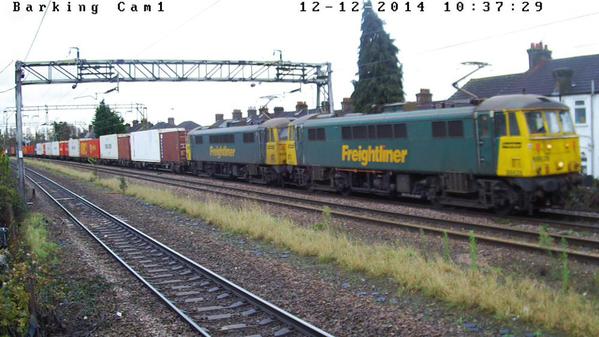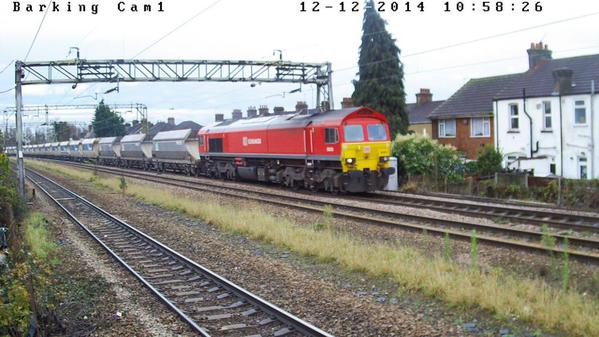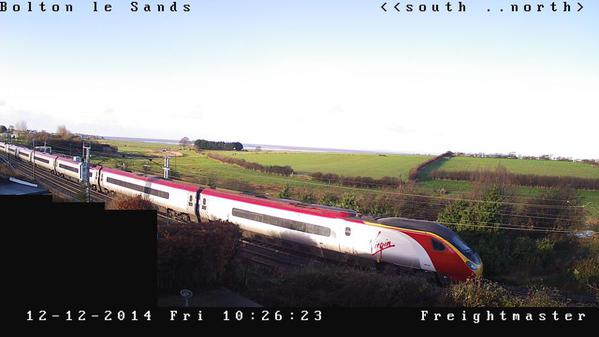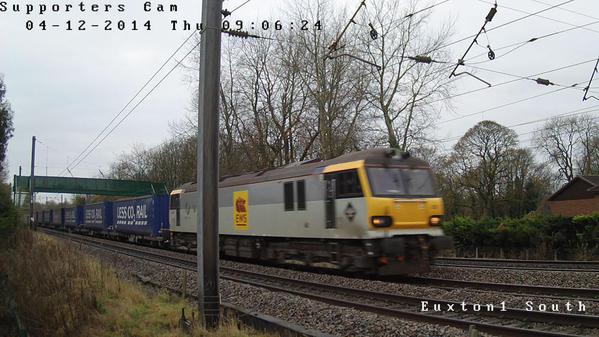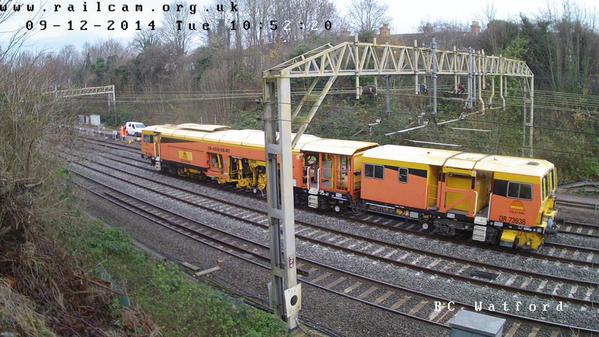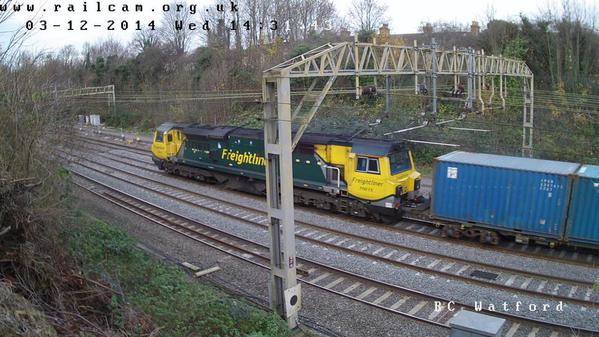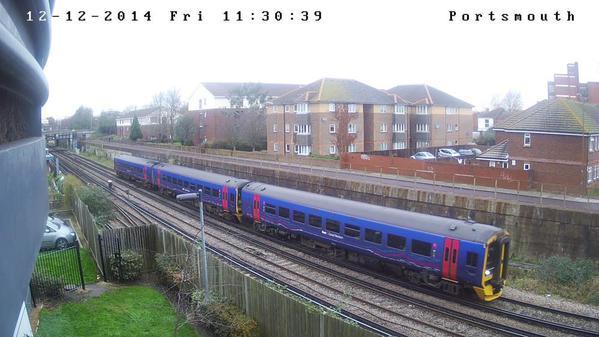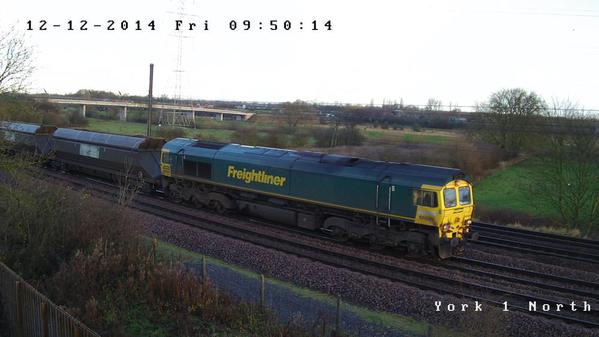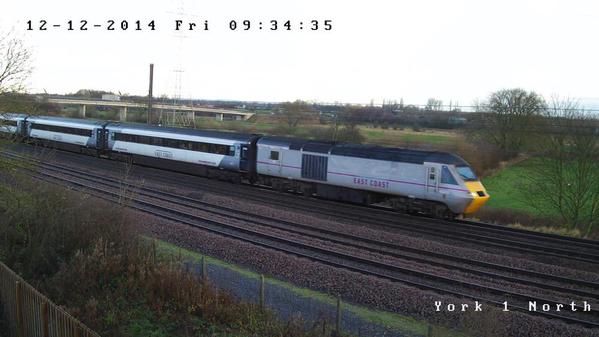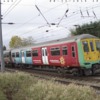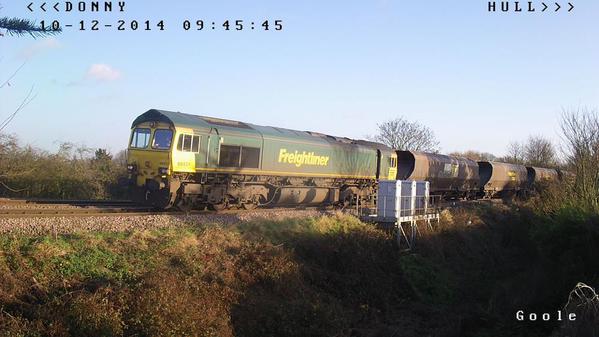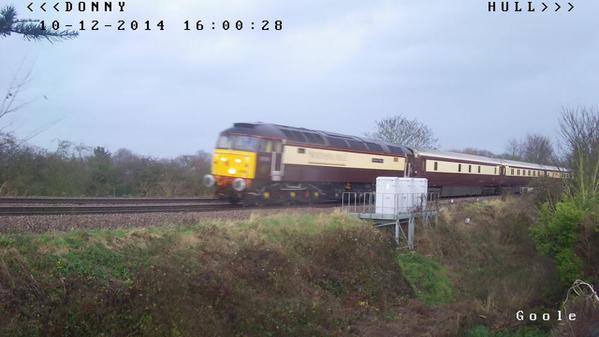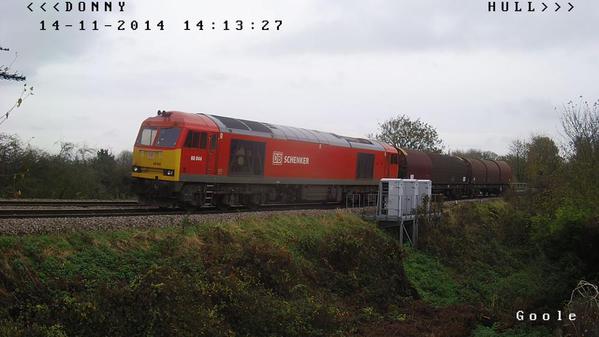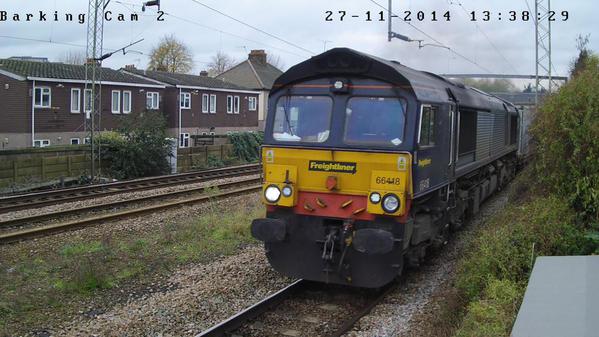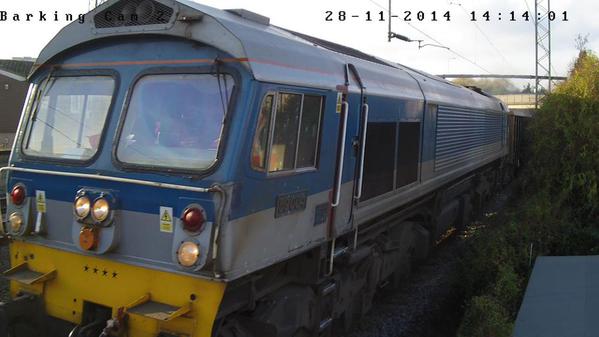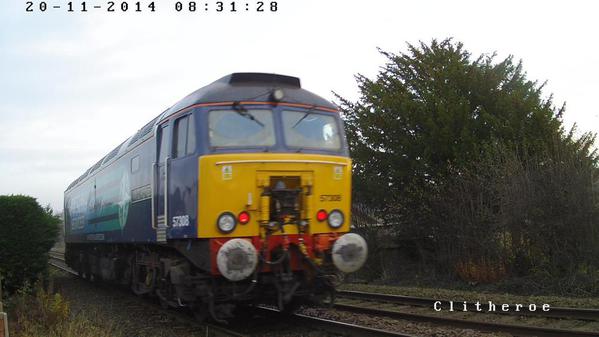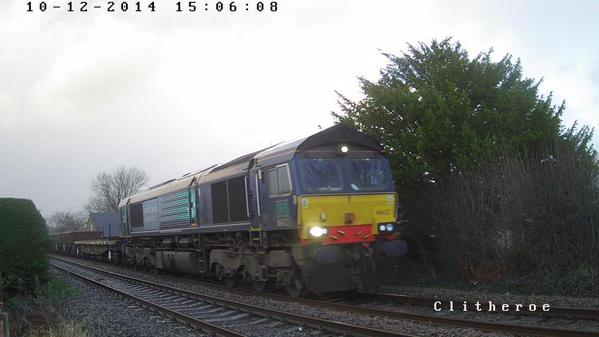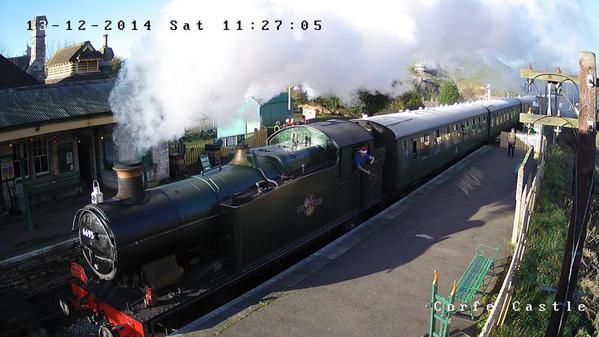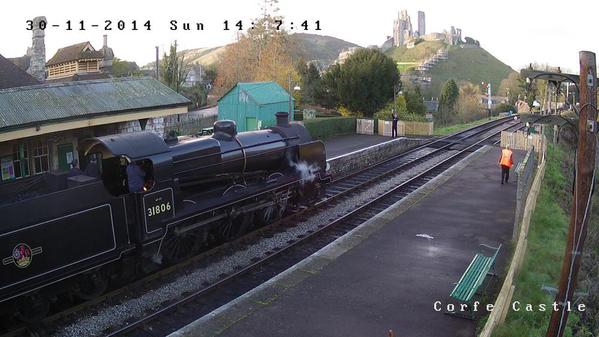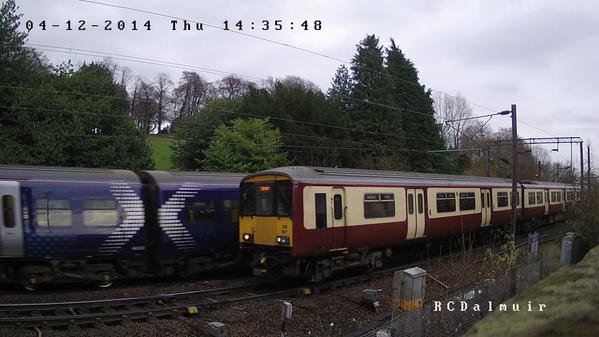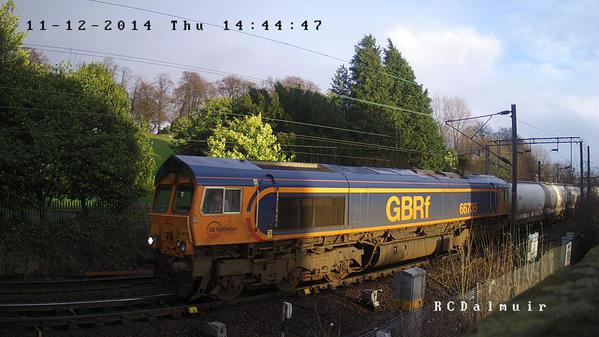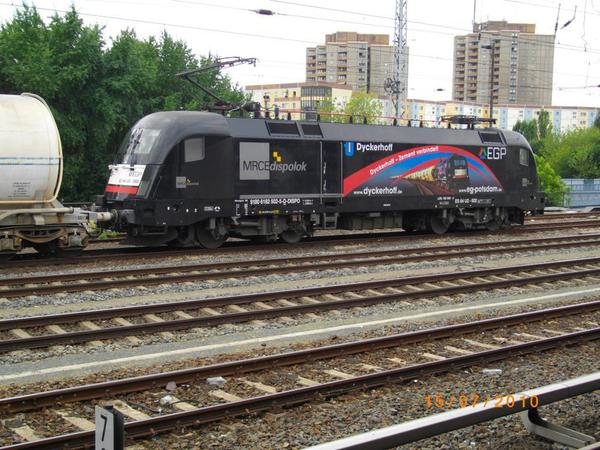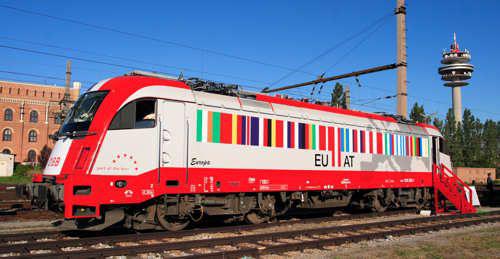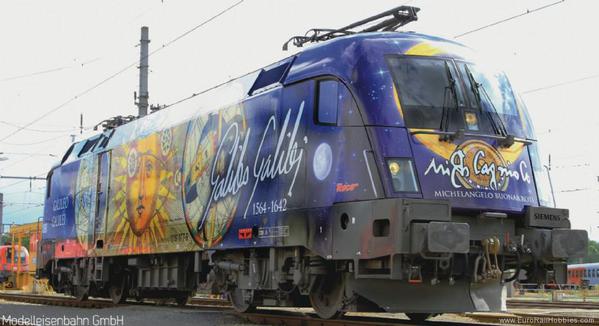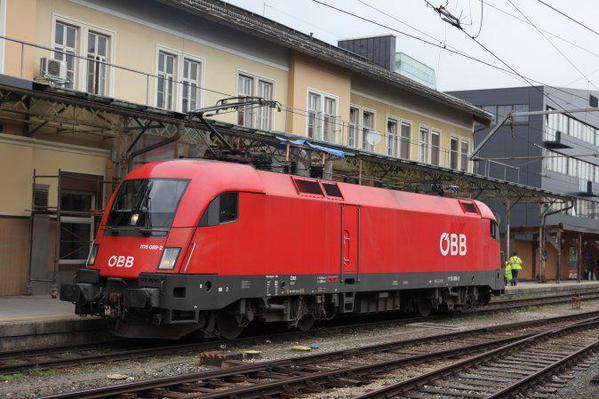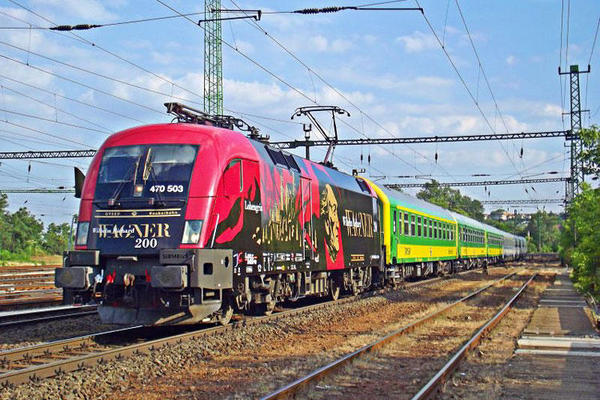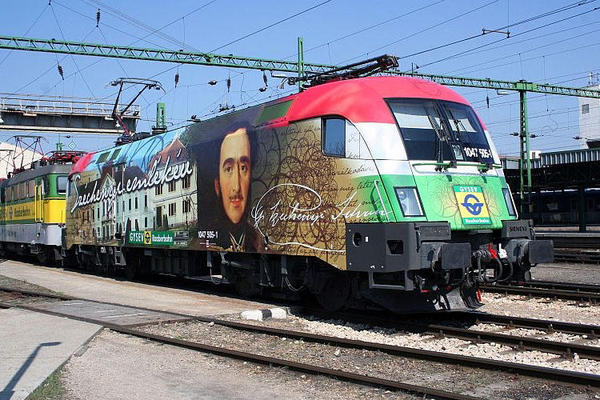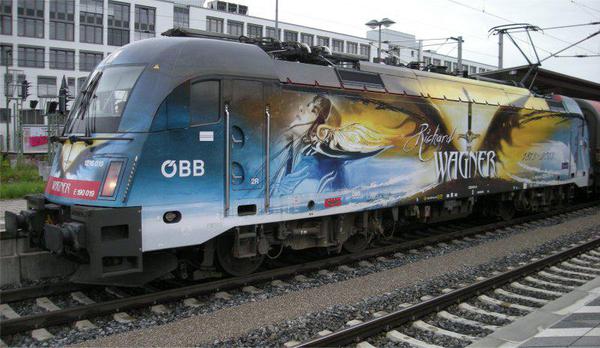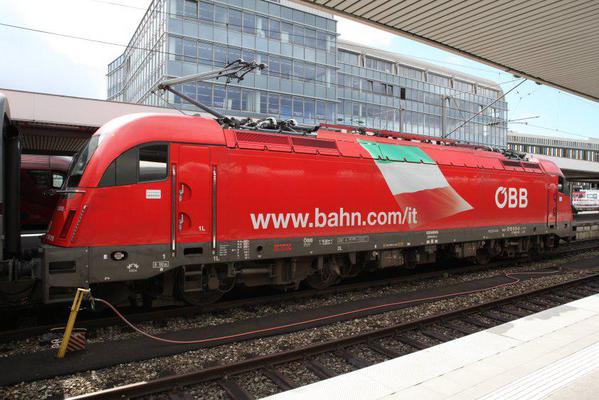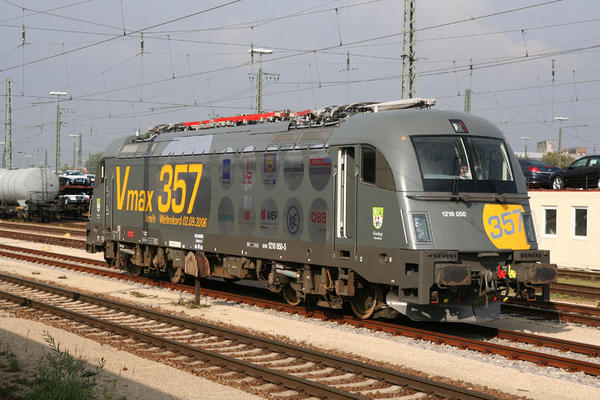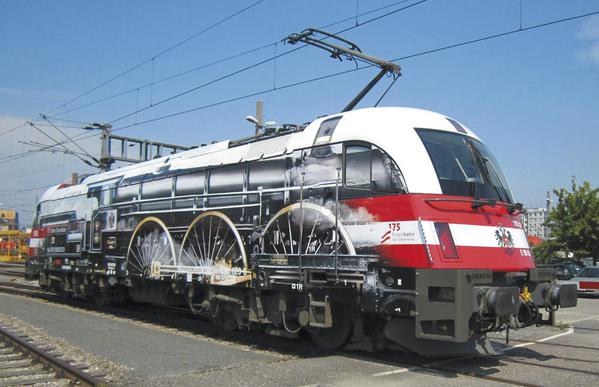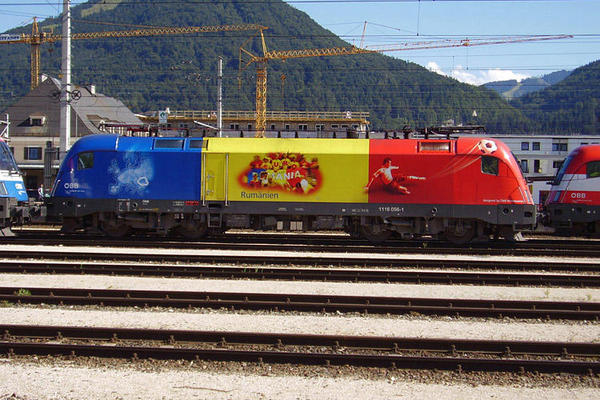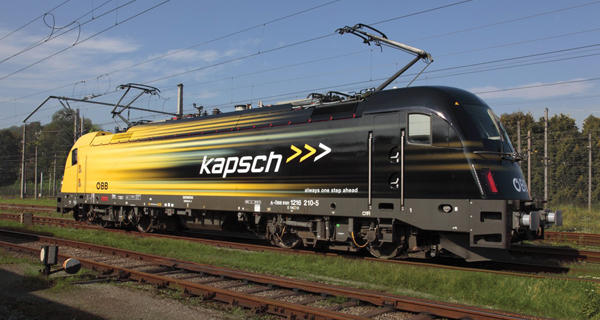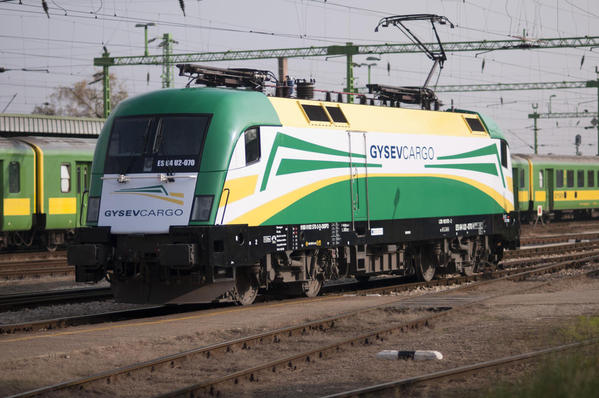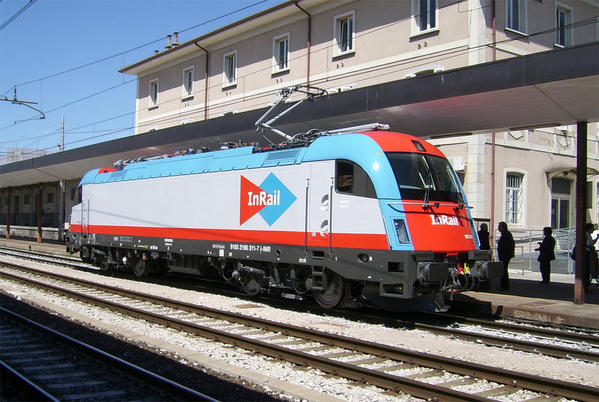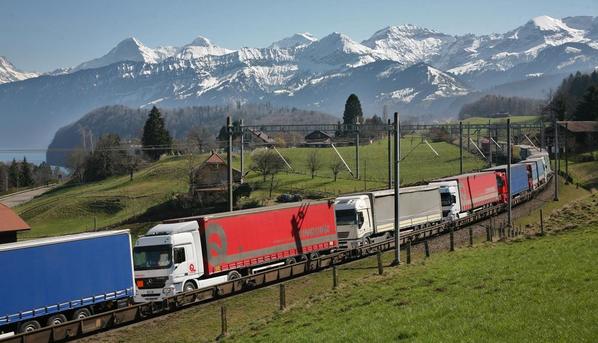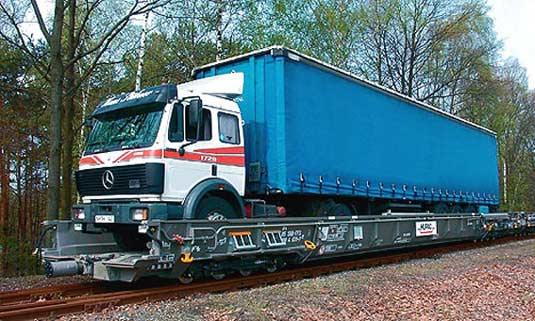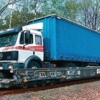I have followed European Rail for a long time now and must confess a certain fascination with how good it is versus American Railroads. This sort of topic can be very difficult as some are dead set against any notion that European Railroads are equal too or better then American Railroads. Yet, in many ways they are. The OBB in Germany/Austria is one such example of a really first rate transportation system. In short, they move both people and freight with great efficiency. Of course the system there in Europe is quite different versus the US, yet in many ways they are also similar. I often watch live cams of European railroads. Particularly in Germany. I really love watching those Taurus Electrics smoothly moving people and freight across greater Germany as well as the country side. They seem to glide across the tracks and with little effort. The scenery, of course, lends itself to all sorts of possibilities. Fur Trees covered in soft wet snow and mountain regions just filled with snow and gray skies allow these rail roads to sort of stand out. Of course, here in America, those same scenes are also played out, but it still seems/appears different to me personally.
The government largely takes care of the rail system in Europe. Here in the US, the government is involved, but they do not own BNSF or UP for example. Though they do get involved. This may be part of why Amtrak is failing. It is such a government operation that it always appears they will go belly up at any moment. Yet, in Europe, this is not the case as people literally depend on rail transportation to get to their jobs. Amtrak has purchased some German made locomotives. They are very well made and look absolutely fantastic, but Amtrak is still Amtrak, Thus it appears, they will never evolve like their European counterparts.
As for freight, well I am not quoting statistics here because I do not know them by heart, but if I were a wagering man, I would say the US moves far more freight by rail versus any two countries in Europe period. One need not look any further then the desert south west to see the various rattlers snaking their way across the high desert with over 150 freight cars in tow. With two and sometimes as many as 5 power on the point locomotives, nothing in Europe comes even remotely close to this awesome site. I once counted 180 cars behind five GE locomotives and that was impressive. The longest train I ever observed in Europe was just under 70 cars in the freight consist. Mind you, that was electric rail and not straight out diesel power on the point.
The locomotives themselves are a site in Europe. The Taurus is a really awesome locomotive and is in fact, the fastest true locomotive on any rail today. Now I am speaking about a single locomotive and not a set like the TGV or Acela sets. Electrics are pretty cool, but most American rail purest cannot stand the site of a European locomotive. They are (according to them) ugly and not worth looking at. Me, I find the Taurus to be the quintessential electric of its day. In many ways, it reminds me of the GG1, but a more sleek, futuristic look. The technology is obviously superior, but in reality, it is nearly the same. American locomotives are just outright cool and neat looking. Whether it is the Dash9 or AC6000 or an SD70Ace, they look awesome and have no rivals anywhere in the civilized world. Obviously, US rail is cool and is fun to look at. So many things to see and do around it. Of course, it helps to have many US rail companies that cater to the rail fan. With all those beautiful diesel locomotives and those special paint schemes, it is no wonder people spend hours examining them, taking pictures and movies of them. They are, in a word, captivating. European railroads, like the OBB, do try and cash in on those colorful paint schemes as well, but with less affect I think. Personally, I like the various paint schemes offered by OBB on their fleet of Taurus locomotives, but next to the US diesels, they are no where near as cool looking.
Anyway, this was an attempt to get people to talk about American vs European rail. In what ever topic one would like to discuss.
Thanks, Pete![]()




